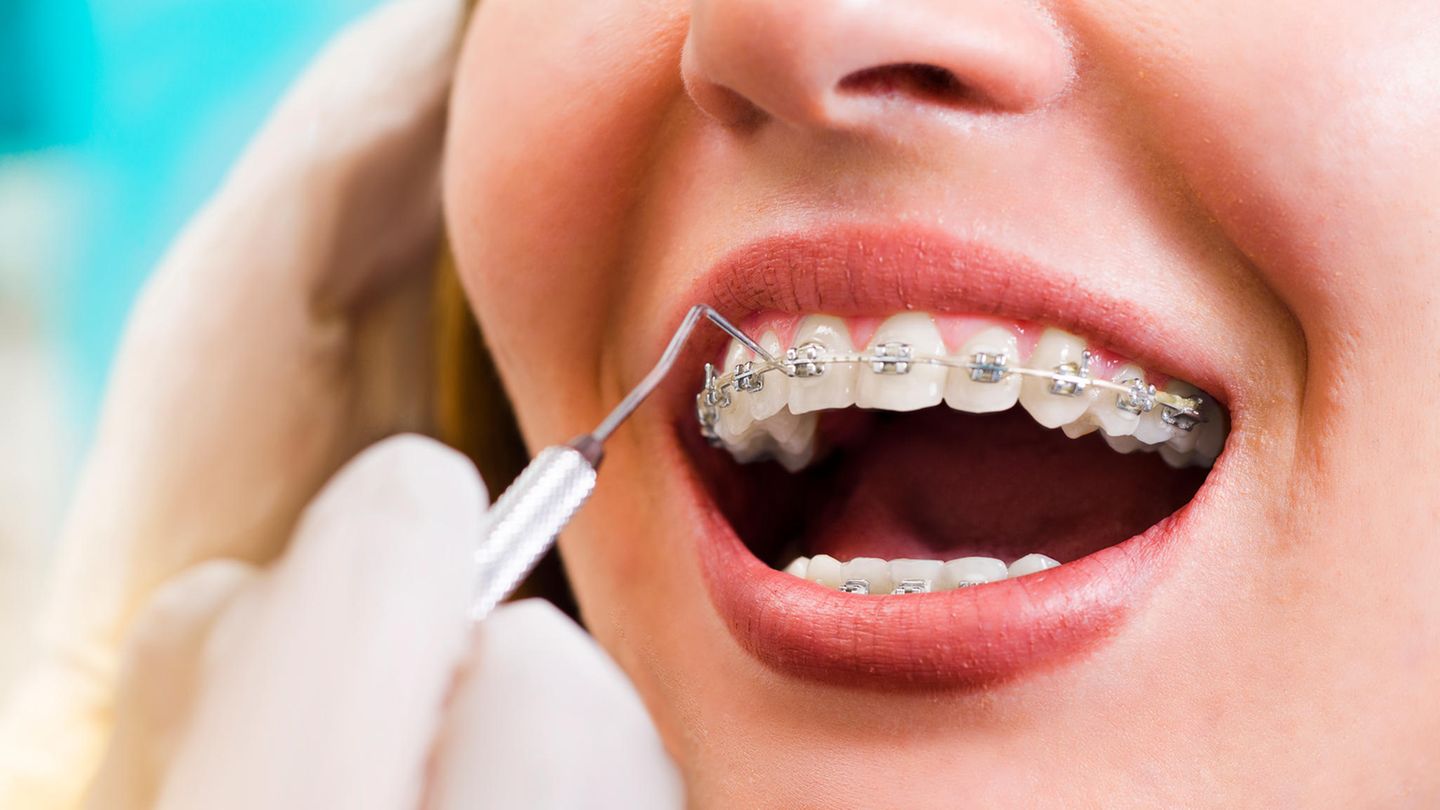I’m Caroline, a journalist and author for 24 Hours Worlds. I specialize in health-related news and stories, bringing real-world impact to readers across the globe. With my experience in journalism and writing in both print and online formats, I strive to provide reliable information that resonates with audiences from all walks of life.
Menu
Orthodontist: How doctors make money with braces
Categories
Most Read
Children with a cold: How many infections are normal for little ones?
October 18, 2025
No Comments
Cell Phone Regret: She grabs me and shakes me
October 17, 2025
No Comments
New column “The Feeling of the Week”. This time: cell phone regret
October 17, 2025
No Comments
Time change 2025: Expert explains in video why we are turning the clock
October 17, 2025
No Comments
Patches for frown lines: These products have an anti-aging effect
October 17, 2025
No Comments
Latest Posts

European leaders reaffirmed their support for kyiv after Volodymyr Zelensky’s meeting with Donald Trump
October 18, 2025
No Comments
The president of Ukraine, Volodymyr Zelenskybriefed European leaders on their Friday meeting in Washington with the American, Donald Trump. They stressed the urgency of achieving

FC Bayern vs. BVB: These duels decide the game
October 18, 2025
No Comments
PierceI am Pierce Boyd, a driven and ambitious professional working in the news industry. I have been writing for 24 Hours Worlds for over five

On foot through South Australia: The most beautiful long-distance hiking trails
October 18, 2025
No Comments
The South Ocean Walk leads along the cliffs. South Ocean Walk leads along the cliffs The Wild South Coast Way is part of the Heysen
24 Hours Worlds is a comprehensive source of instant world current affairs, offering up-to-the-minute coverage of breaking news and events from around the globe. With a team of experienced journalists and experts on hand 24/7.

